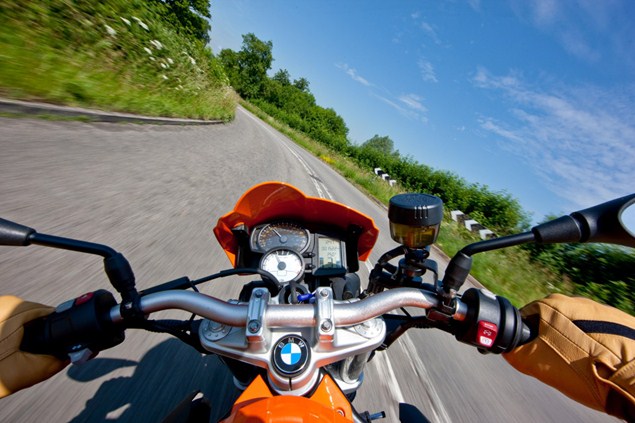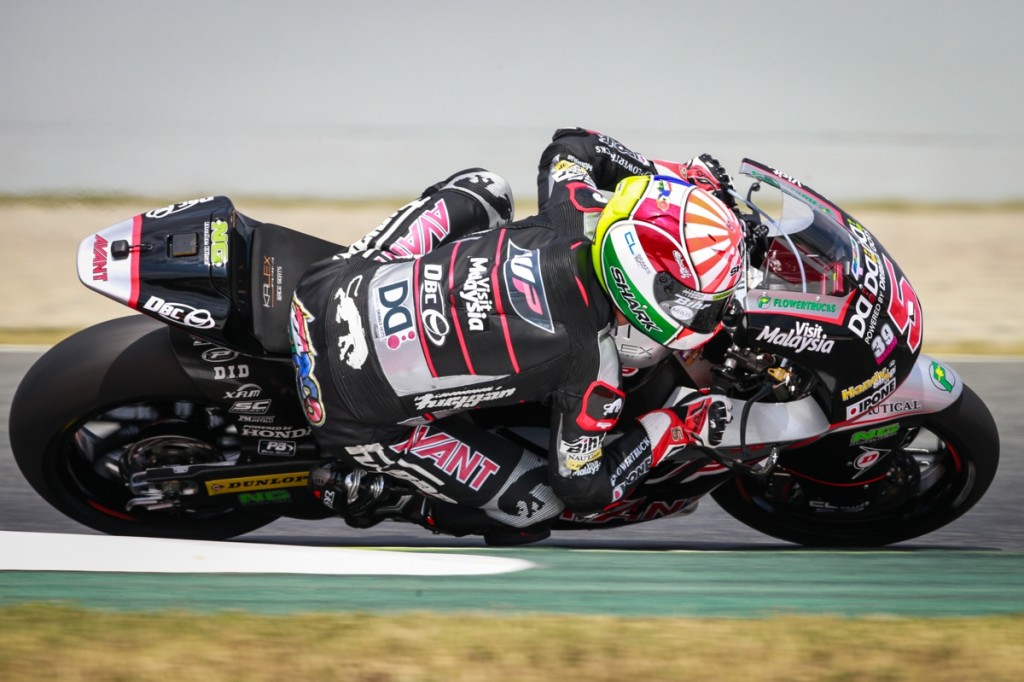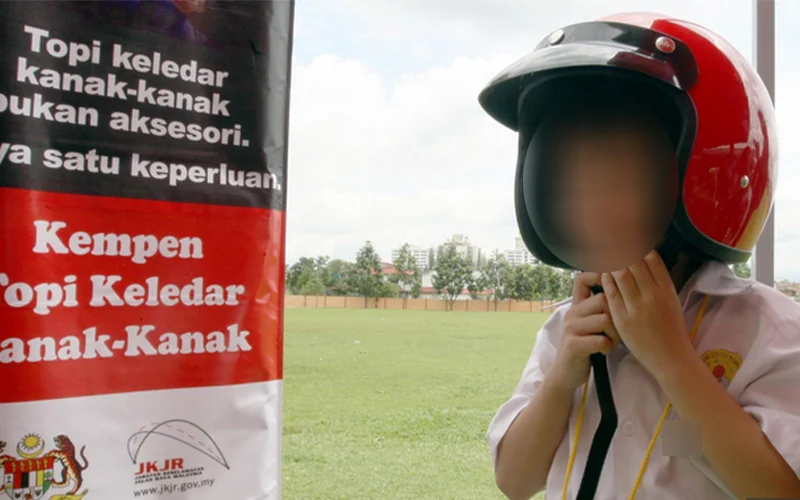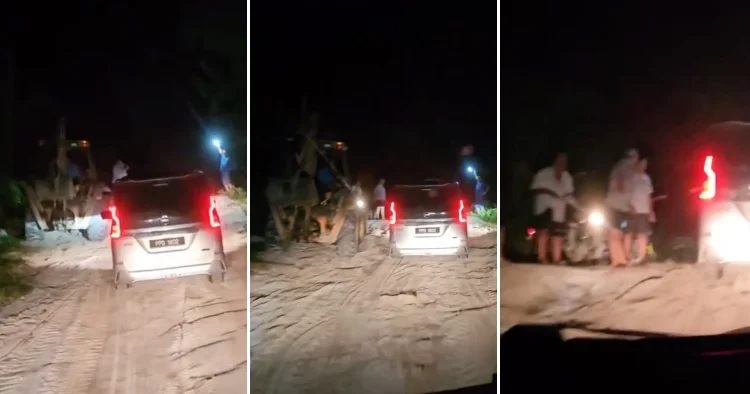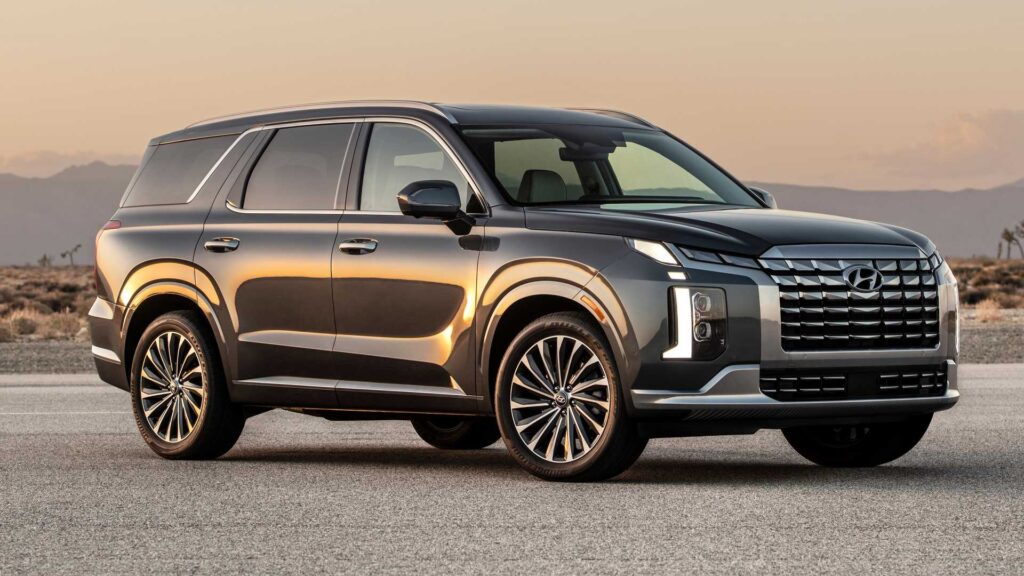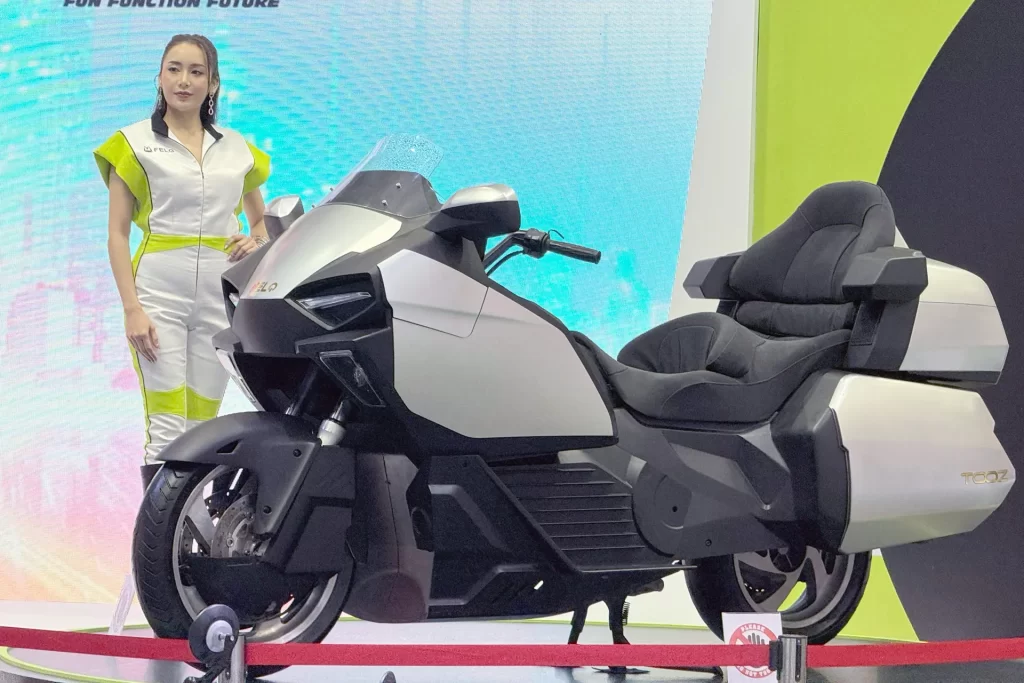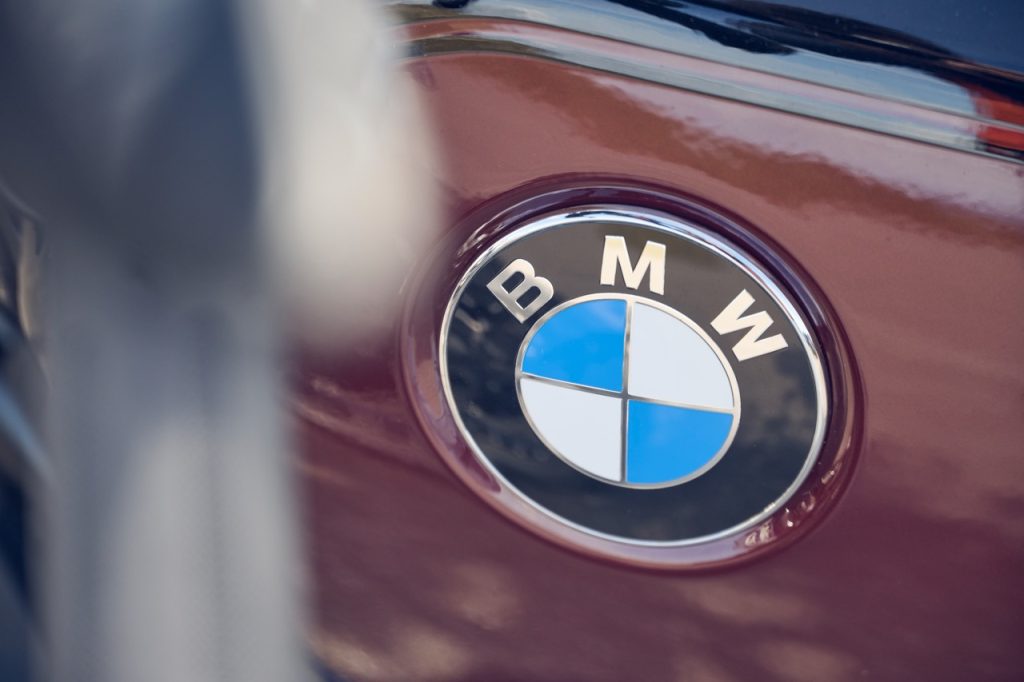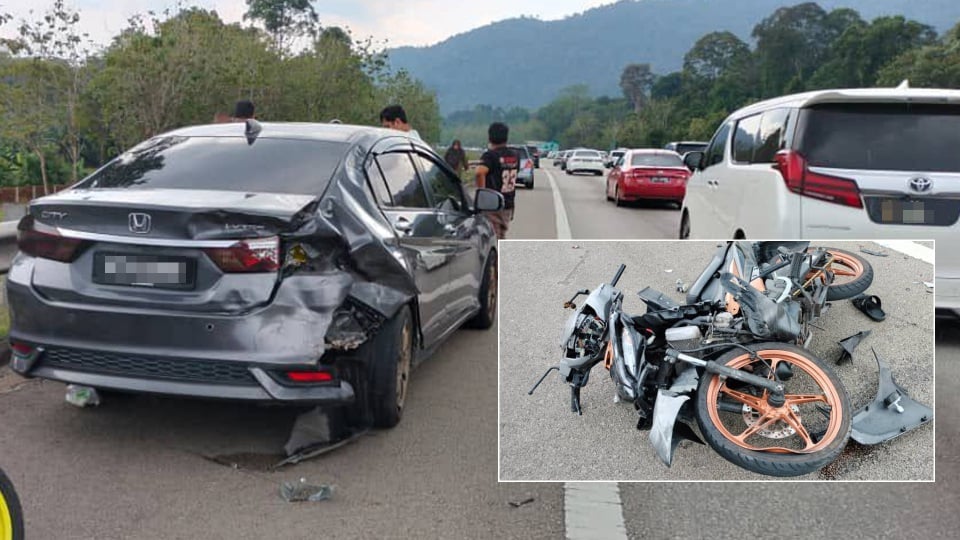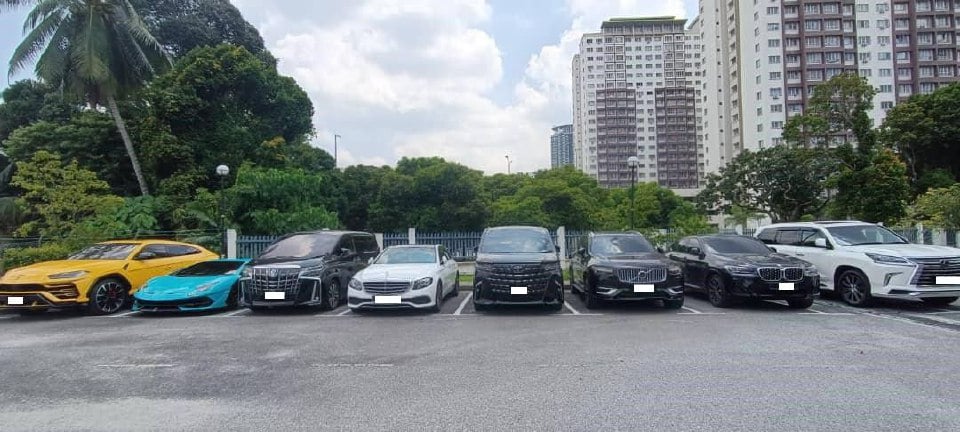Master the art of perfect cornering with your bike through these simple steps.
Think of cornering on a race bike and usually it is extreme lean angles and grinding knee sliders that spring to mind.
In reality though, even on the track, those tense and joyful moments at max lean don’t really last very long, and in terms of rapid, high quality riding, they aren’t very important at all. Far more significant than the brief heroics mid-bend is the ENTRY to and EXIT from the corner.
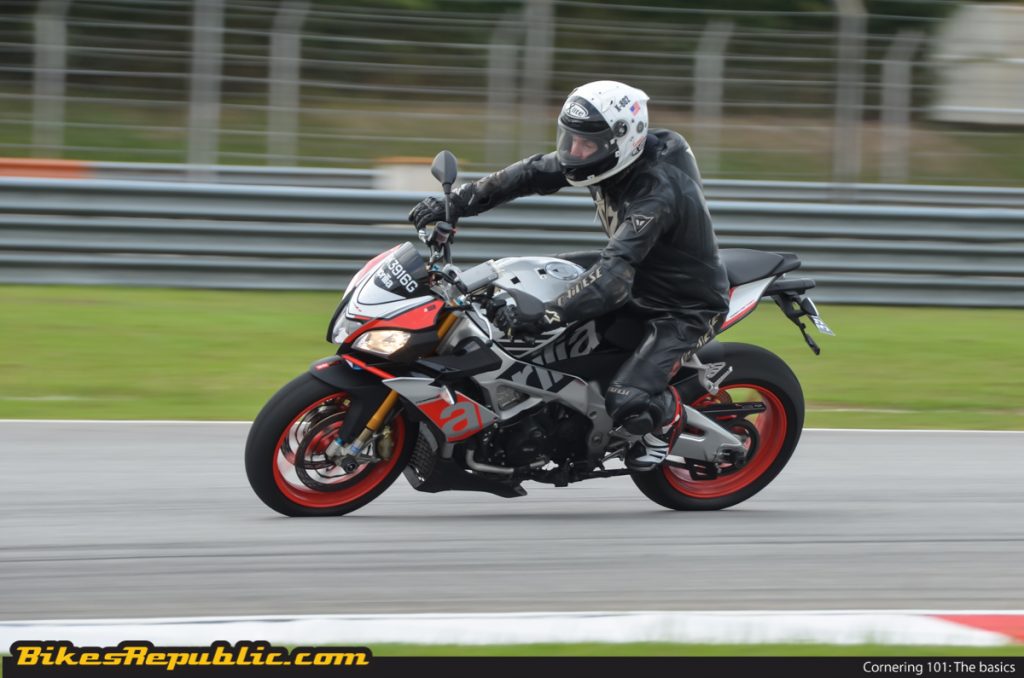
Entry Speed
Exit speed is probably more critical to lap times, but there’s little that’s more important to quality cornering than entry speed. Too fast and the rest of the corner is spent in a high-stress situation trying to lose the excess speed and recover road position.
Too slow is preferable, but can bring its own perils in the quest to regain lost speed. If you lose too much speed you end up throttling hard out of the turn to regain position and risk a highside. The idea is to keep it FLOWING.
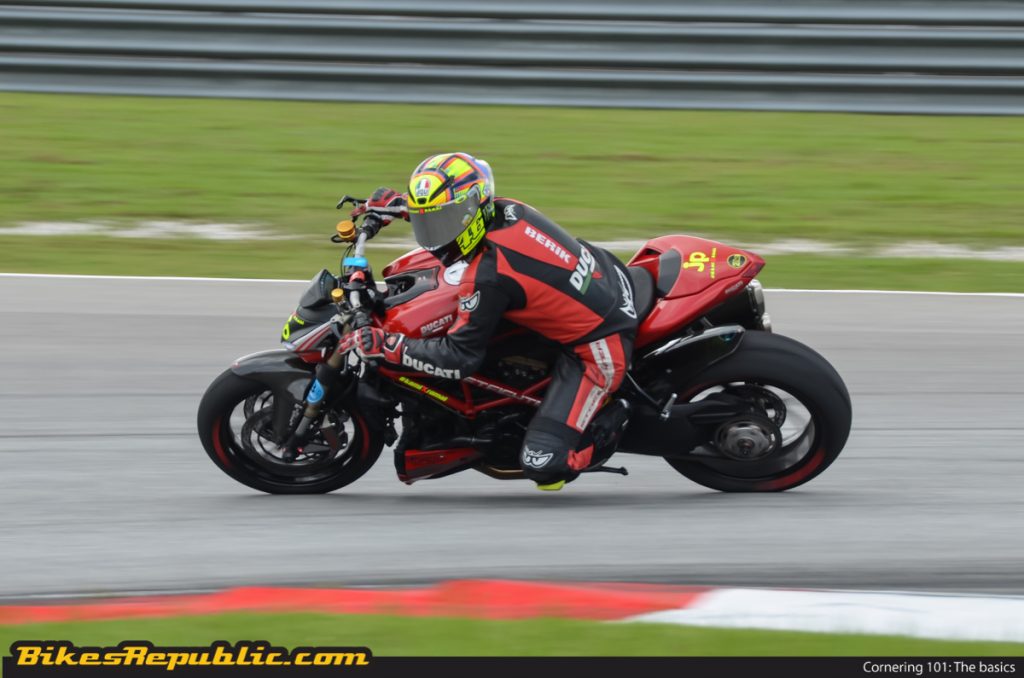
Pushing the front
Most corners involve slowing down beforehand. Even if the approach to a bend in the road involves no more than rolling off the throttle instead of heavy braking, meaning the bike still enters the bend with more weight on the front tyre than the rear.
This is a GOOD THING because it gives the front tyre extra grip as it grapples with the task of turning the bike. As speed increases, cornering becomes more forceful, it also brings the risk the front will be overloaded and slide. Racers are looking for this movement from the front, always trying to find the limit each lap.
For road riders, though, the priorities on corner entry are the opposite of this because the last thing you want is finding the limit of the front tyre going into a corner surrounded by all sorts of hazards, like trees and cars.
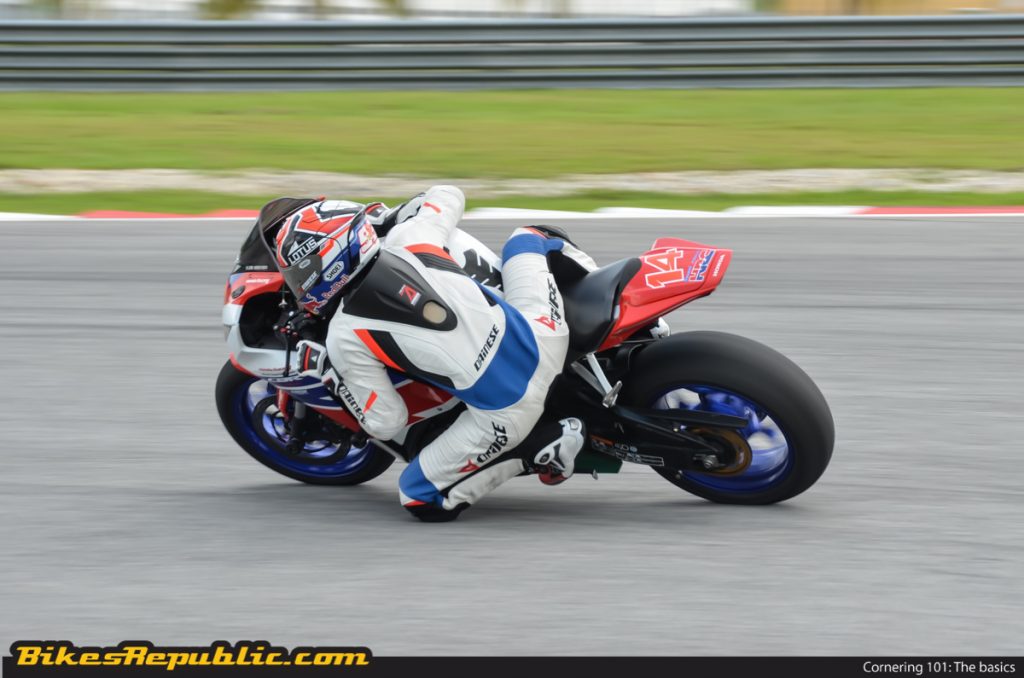
Using your body
Relax, let it flow, allow the bike to do the work. These are all common and worthwhile advice, but they ignore the fact that changing direction of a high-velocity motorcycle takes a good deal of energy from rider and machine. No need to hold on for dear life, just need a firm grip with hands and legs, allowing positive control of the machine through a bend.
Getting the bike to turn quickly is essential. You can do this by pushing the right bar forward to turn right and the left bar forward to turn left – counter-steering. Then, once you have the correct angle of lean, it’s time to relax, with your arms at least. The best thing is to relax as you get more feel of what the bike is doing.
Racers use more leg work than their arms as they’re never really sitting in the seat plus they’re always pushing the pegs to steer and control. Road riders can afford to do less work with their legs but keeping pressure on the pegs lets you shift weight around the bike more smoothly too.
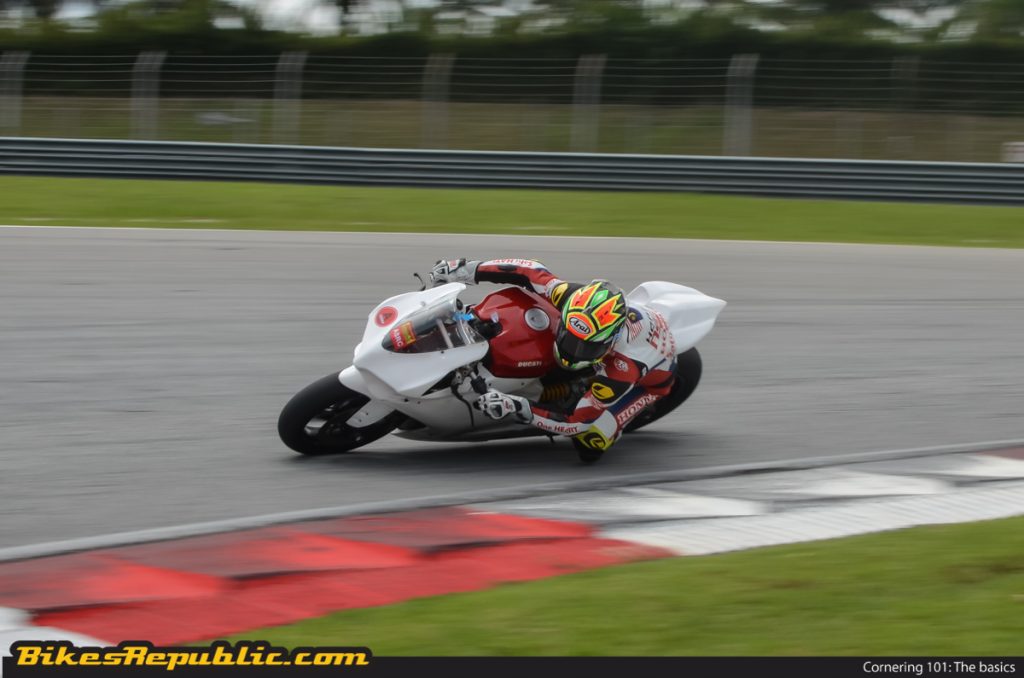
Let it settle
As a bike enters a turn, the load on the tyres and attitude of the bike is changing significantly. On the approach to a corner, majority of the weight is on the front, meaning the front suspension is compressed. As the brakes are released and the bike leans into the turn, weight is progressively transferred towards the rear.
When the throttle is opened even more weight will head backwards. This shift in weight will bring suspension movement with the front suspension extending as weight moves rearward with the rear shock compressing, while all the times absorbing bumps. As the forces on the tyre change, the bike needs time to settle into its new attitude of leaning into the corner.
In races, it’s often possible to see a subtle change in body language as the rider realises the bike has settled into the corner and they can begin the next phase – preparing for the exit. The same goes for road riders too – full lean is only achieved once the bike has had a chance to settle.


